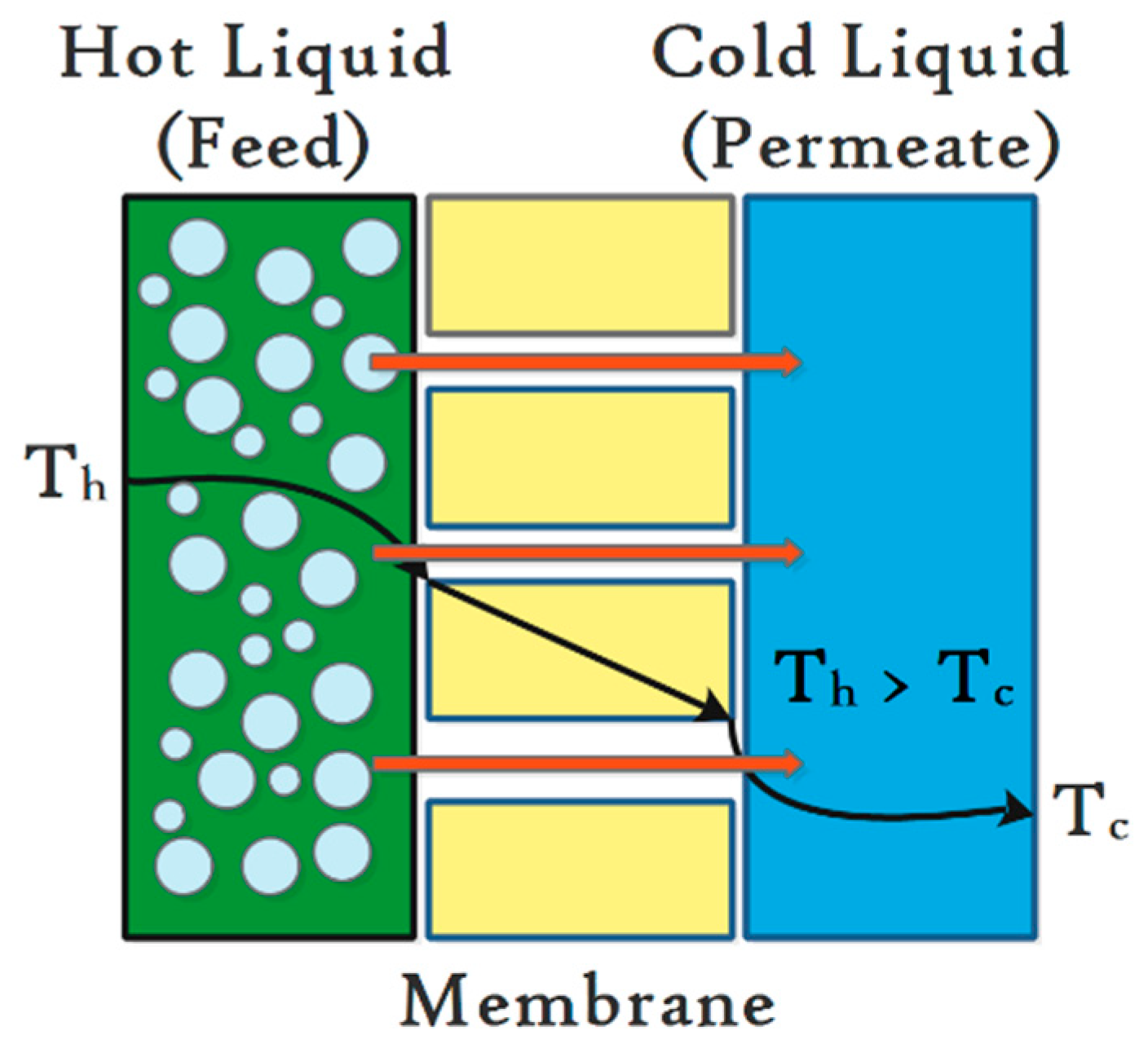“As I read The Vapors, I had to remind myself that this book is not a novel but a tapestry of meticulous research, spun into an unforgettable story whose characters come alive on the page. I rooted for the good bad guys, and shook my fist at the bad bad guys. Novel vapor phase method for making ultra thin conformal films of polytetrafluoroethylene (PTFE) - Volume 992. Skip to main content Accessibility help We use cookies to distinguish you from other users and to provide you with a better experience on our websites. May 01, 2010 Abstract The performance of a novel vapor chamber is tested in this study. In this vapor chamber, parallel grooves are made on the inner surface of the top plate, with inter-groove openings, to replace the conventional porous wick. To the inner surface of the bottom plate is sintered a layer of porous wick as the evaporator.
Pressure demand mode or a supplied-air respirator if heavy mist or strong vapor concentration is present. If the vapor concentration is low, a full face-piece air-purifying cartridge respirator equipped with acid gases/mists filters may be satisfactory. For small spi lls or drips, mop or wipe up and dispose of in DOT-approved waste containers. In this paper, the progress of vapor compression cycles in three kinds of devices for refrigerating or heat pump will be briefly introduced. And then novel cycles will be designed. Finally necessary simulation or analysis will be conducted to prove the advancement of novel cycles comparing with each basic cycle.
Francis Medical is developing novel, disruptive therapeutic solutions to treat prostate, kidney and bladder cancer.*
Francis Medical is a dynamic medical device company committed to developing urological cancer treatments that are tough on cancer, yet gentle on patients. Our work is fueled by a compassionate belief that cancer can be stopped with minimally invasive treatments.
Prostate Cancer
Initially, Francis Medical is focusing its efforts on prostate cancer, the second most common cancer in American men that often includes treatments with undesired side effects like urinary incontinence and erectile dysfunction.
Francis Medical is named after Francis Hoey, the father of inventor and Francis Medical founder, Michael Hoey. In 1991, after undergoing prostate cancer treatments with debilitating effects on his daily living, Francis died from prostate cancer.
Today, the work of Francis Medical stands as a tribute to and a lasting legacy of Francis Hoey.
Cancer Ablation by Water Vapor
Water vapor technology, a new platform being explored for treating a variety of endourological cancers, uses the energy stored in a few drops of water to ablate cancerous tissue. This new therapy is designed to not only ablate cancer cells but also protect surrounding structures, lessening the likelihood of the life-altering side effects common with other cancer treatments.
A Breakthrough
Water Vapor Technology
Although this novel approach is being designed to address a variety of endourological cancers, initial efforts are focused on the treatment of prostate cancer.
Noval Vape
Water vapor technology is designed to deliver to cancerous prostate tissue the thermal energy stored in sterile water vapor. A targeted and precise application of thermal energy is administered during a simple, transurethral procedure.

Traditional prostate cancer treatments include surgery, hospital stays, and debilitating side effects such as incontinence and sexual dysfunction. In contrast, patients treated with water vapor technology should typically be able to go home the same day and resume their normal lifestyle the very next day.
A Technology Like No Other
It’s incredible to think you can treat a life-threatening disease like prostate cancer with just a few drops of water.
– Founder and Chief Technology Officer, Michael Hoey
*Device is not commercially available and is currently being studied under an Investigational Device Exemption (IDE).
Novel Vapors
“This technology has the potential to be transformational in the management of patients with localized prostate cancer by allowing them to avoid the potentially life-altering side effects of current cancer therapies.”